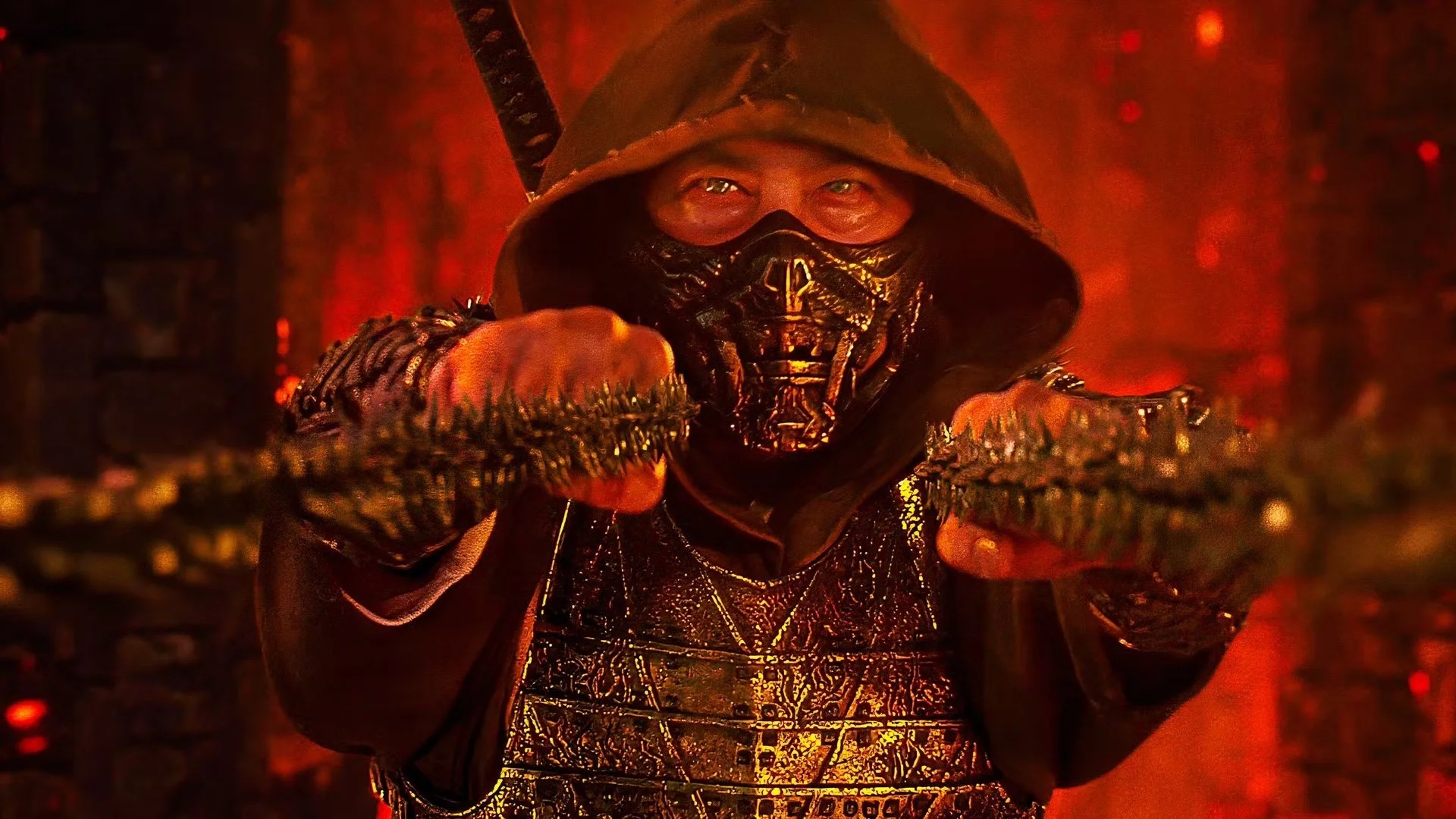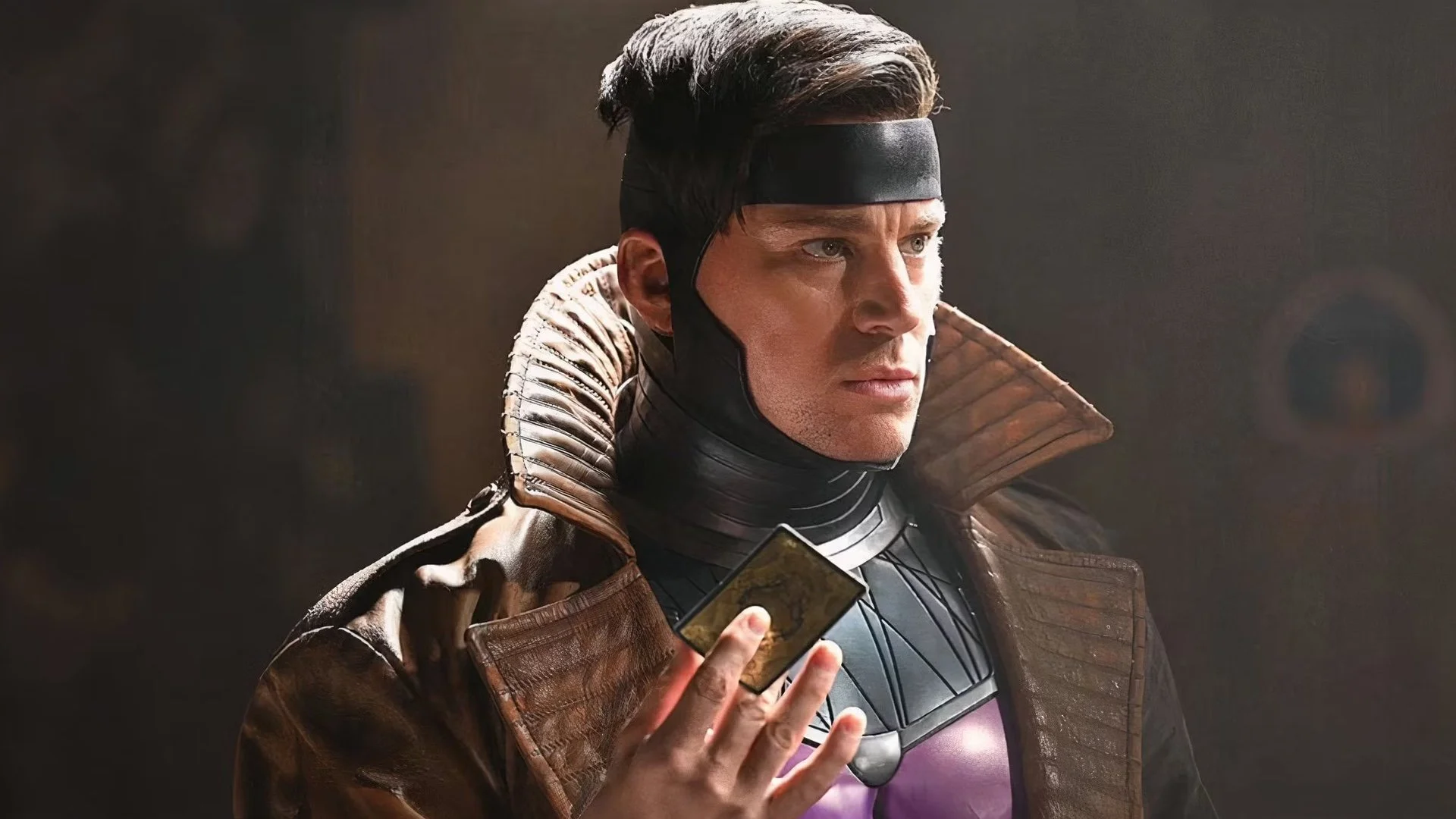Some people associate winter with the magic of New Year’s holidays, fun festivities, hot drinks, the aroma of pastries and cinnamon, and winter sports. But our ancestors did not romanticize the cold season so much, and ancient legends testify to this.
And the folklore heroes, so familiar to us from childhood, were actually not as good-natured as they were shown in Soviet films and cartoons. The situation is similar in other countries, where snow and winter give rise to many horror stories.
We will tell you which folklore characters from winter and snow tales will make you turn white with fear.
morozko
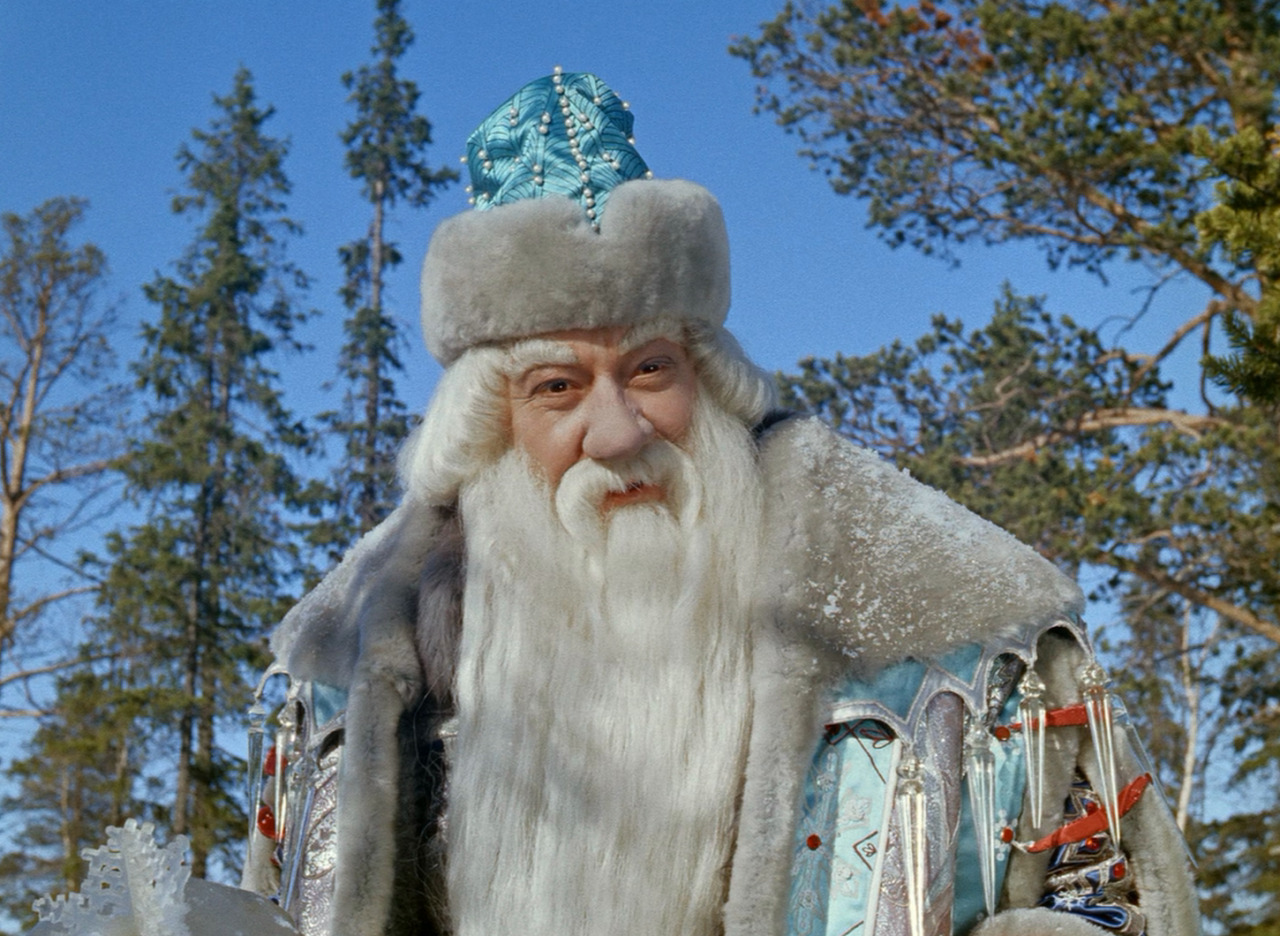
The real Morozko from Slavic folklore has nothing in common with that kind old man who saved and gifted his kind stepdaughter Nastenka. In the Soviet film adaptation, he could also humanly punish the arrogant and spoiled Marfushka, but his actions cannot be compared with the cruelty of the spirit of Frost, better known by the names Treskunets and Studenets.
This pagan god is ubiquitous in the tales of the Eastern Slavs, as well as the Czechs, Serbs and Croats. In all the stories, he likes to approach lonely travelers in the forest and test them by asking difficult questions. Those who failed the strength test faced death from frostbite. Frost especially does not like those who complain about the cold, but on the contrary, he spares cheerful and vigorous people.
In legends, the image of Frost is described as an old man in a fur coat and with a long white beard, who jumps from tree to tree, intensifying the winter cold. Belarusians called him Zyuzey and, on the contrary, represented him bald, barefoot, without a hat, in a white case with an iron mace in his hand. To prevent the cold spirit from destroying the winter crops, it was necessary to go up to the threshold of the house and throw the first spoonful of kutya into the field, saying: “Zyuzya in the garden – kutya on the table. ”
Demon giants jotuns
In Norse myths, there is Jotunheim, the kingdom of eternal ice and cold, where ancient giants, the Jotuns, live. They were asocial by nature and had a harsh temperament. The first of these, Ymir, was born from chaos. He and his brothers caused storms and caused mountains to collapse. Because of their trickery, the Jotuns were seen as enemies both in Asgard, the abode of the gods, and in Midgard, the world of humans.
Krampus
Few people know that Santa Claus has an assistant named Krampus who visits children. In fact, he was the “bad cop” who punished naughty children. Outwardly, it resembled a goat, as its head was crowned with large horns. In his hands, careless fidgeting. wiggle wiggle wiggle wiggle wiggle There was fidgeting and fidgeting. He threw those who stood out especially for bad deeds into his bag. Over time, the image of Krampus was almost erased from people’s memory, and children have already given an explanation for their behavior to Santa Claus, who in the worst case left them without gifts.
Snowwoman youkai Yuki-onna
Snow Woman Yuki-onna is an evil spirit youkai in Japanese folklore. In Kaidan (a collection of terrible legends), its name and appearance vary by region. For example, in Miyagi Prefecture she is called Yuki-bamba (literally “snow horse”), in Nagano she is called Shikkenken (from Nagano meaning snow old woman), in Yamagato – Yuki-dzera (snow seducer). She is usually depicted as a tall, beautiful 20-year-old girl with long ashen (sometimes black) hair and translucent skin.
According to one version, the snow princess was expelled from the heavenly kingdom, which is why snow appeared in the human world. According to another, Yuki-onna is the ghost of a girl who died in a snowstorm. Youkai usually appear at night during snowstorms. He attacks lost travelers, invades homes, tortures them in their dreams, scares them to death, and sometimes drinks the blood of the victims.
There are also stories where he behaves contradictorily. For example, in one of the plots he kills an old man, but allows a young lumberjack to live, promising not to tell anyone about him. When the man returns home, she transforms into his kind and well-mannered bride. It is noteworthy that in bad weather he meets the beauty on the threshold of his house, lets her in and receives a blessing to marry her. They live happily and have three children. Years later, during a snowstorm, a man was driving by that place and told his wife about this meeting, and at that moment the beauty turned into a youkai. He decides to spare her life just because of the children, and he himself gets lost in the blizzard forever. In later versions of the legend, Yuki-onna even acts as a guardian, protecting people from evil spirits.
Ruby god Uluu Toyon, ice mistress Buus Dyalkyn Khotun and Chukchi yeti Chuchuna
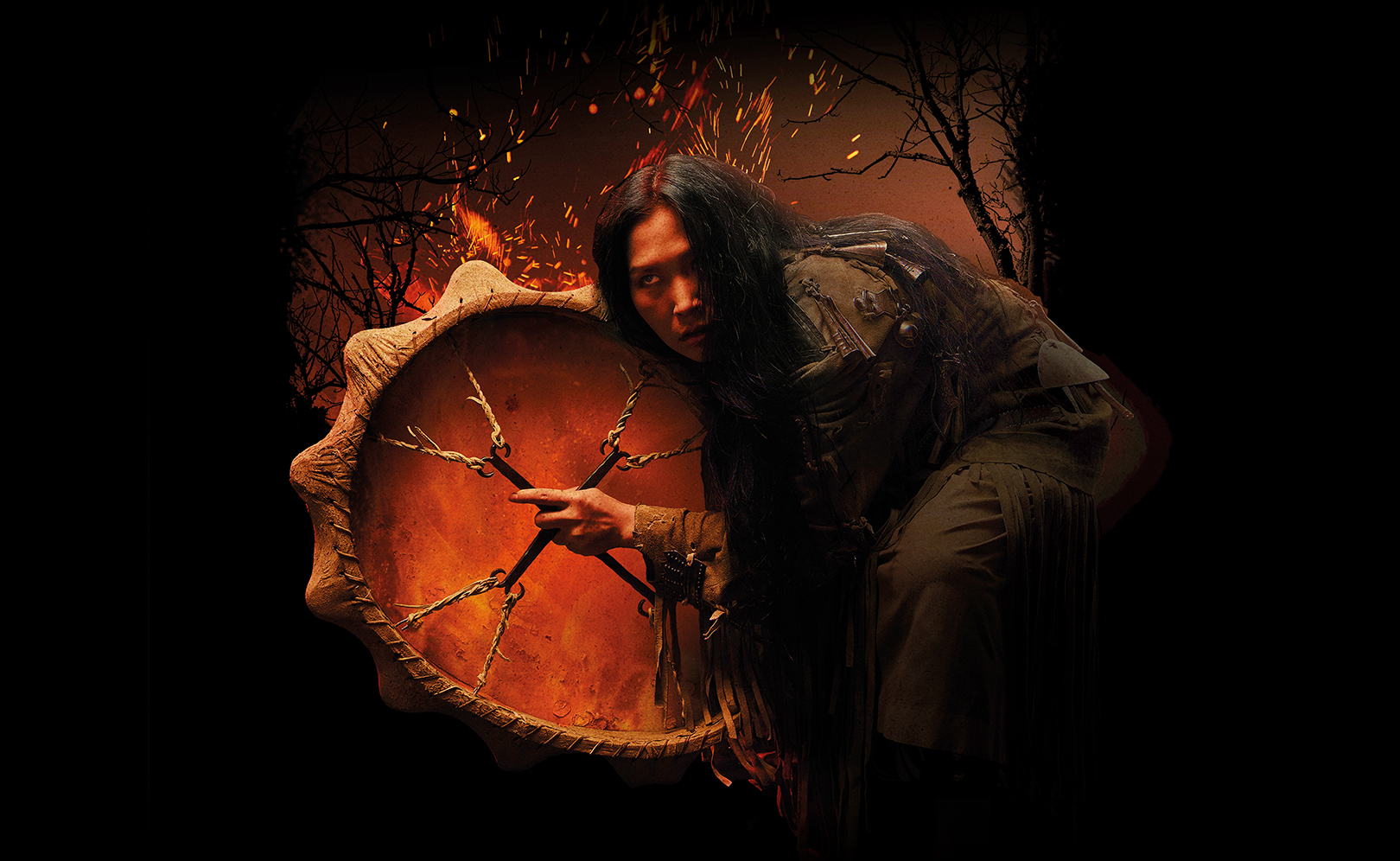
Yakut legends tell of Uluu Toyon, an anthropomorphic ruler of evil spirits (they are called abas) who transforms into a black raven (also called the Great Lord Raven). According to legend, this bird does not sleep and its vision allows it to see all the worlds. Therefore, the person who eats the raven’s eyes will not be able to sleep and will go crazy. However, it can also appear in the form of fog. Since snow is associated with death, it is also considered the god of death.
It was Uluu Toyon who bestowed humans with a soul and passed on the knowledge of making fire, which doesn’t make him pure evil. Still, he willingly destroys the hearts of captives and manipulates the souls of humans, grafting them onto the bodies of predators. Therefore, in the epic there are stories, for example, about bears possessed by a spirit attacking people.
Woe to those who risk offending the shaman with word or action – Uluu Toyon is his protector and conveys his messages only with his lips. Despite his hatred and cruelty, he is fair and does not kill anyone unnecessarily. It often sends diseases as a test signal. Great Raven Bay’s companion is Buus Dyalkyn Khotun, whose name literally means “ice woman with a swinging gait.” He sends natural disasters, blizzards, floods and epidemics with his children.
In general, Yakuts, who call themselves sakhas (meaning “white” and “sunny”) in Turkish, worship the sun and fire. According to their beliefs, on December 22, the Divine White Sun begins its new cycle and with it a new cycle of life. On this day, sakhas lit a divine fire for souls. The legend of the Cold Bull or Winter Bull is associated with this event. This god emerges from the Arctic Ocean, turns everything into icicles and snow with his breath, and brings bitter frosts on his horns. If the horns are broken, the cold weakens them. In human form he appears as Chyskhaan, the guardian of cold, the old man with a long white beard. Already at a later time his image changed to a good-natured grandfather accompanied by his grandson Haarchaana.
In the mountains of Yakutia and as far south as Sikhote-Alin, the Sakhalar tell legends about Chuchun, a fur-covered snowman who was afraid of fire and hunted with a bow. She behaves quite civilized and also has luxurious long hair. By the way, unlike the loners of Yeti and Bigfoot, Chuchun has a pretty nice group of friends who communicate by whistling.
Ice maiden among Scandinavians and Slavs
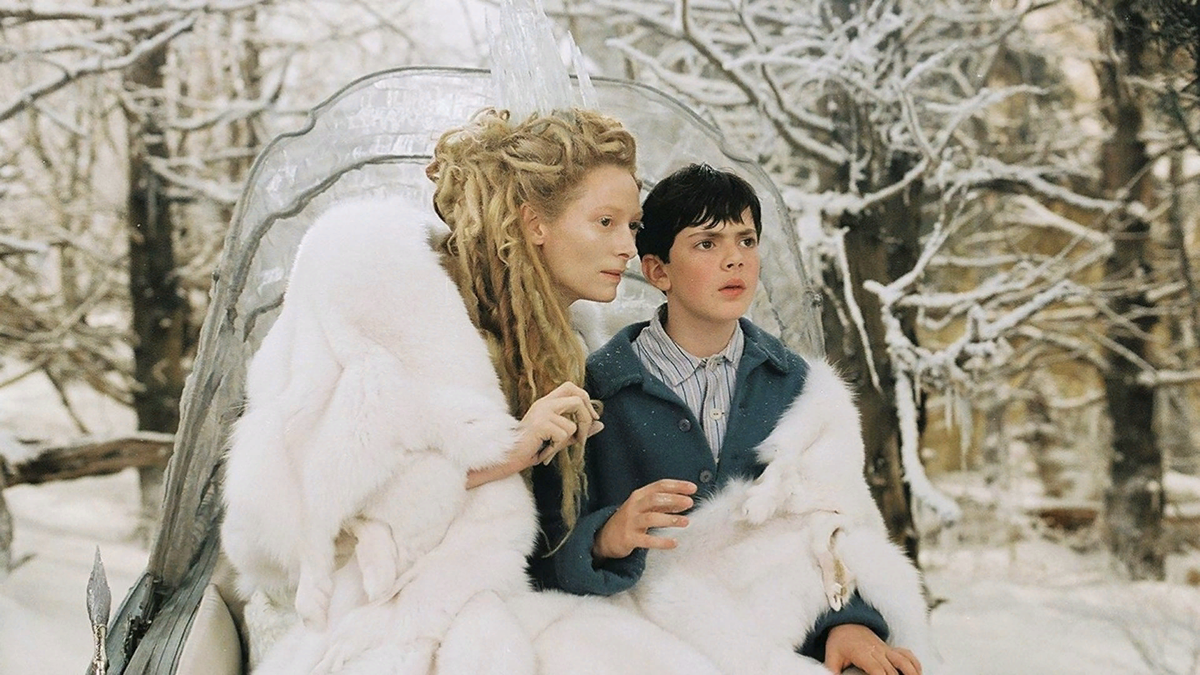
In Scandinavian folklore, there are references to the Ice Maiden, who personifies winter and death. It is no coincidence that the Danish storyteller Hans Christian Andersen, inspired by her image, created a fairy tale about the Snow Queen and the Ice Maiden (who also had a real prototype – the writer’s beloved Jenny Lind). Often his image refers to the hunting giant and patroness Skadi, the goddess of fertility in her winter form. His attributes were bow and skis. Her husband was Njord’s god of the sea and wind. True, he could not live by the sea because the cry of the seagulls woke him up. Therefore, Skadi lives with her husband in Noatun for nine days, and then Njord stays with her in the mountains of Thrymheim (literally “House of Noise”) for the same number of days. By the way, later Aunt Skadi left him and lived with Odin and gave birth to his sons. Skadi’s adventures are mentioned in the Old Edda, the Younger Edda, and the Ynglinga Legend.
In the folklore of the Eastern Slavs, the goddess of coldness and death is Mara or Madder. In Russia, the Maslenitsa ritual, in which a straw statue is taken out and burned as a sign of the approach of spring, has been preserved to this day. A similar parade was also organized by Czechs, Slovaks, Luga Serbs, Poles and Ukrainians. Mara often appeared as a ghostly spirit that frightened people.
Chukotka snow crazy
Rakkens are considered the most dangerous snow demons by the indigenous inhabitants of Chukotka. According to legend, greedy, greedy, cowardly and vindictive people turn to them. Outwardly, they resemble dwarves with an extra mouth on their stomachs. Black-headed dwarves hide under the hills, gray-headed ones among the rocks, and blue-headed ones in the sea. There is also a description of the crab claw rekke. They move on invisible sleds pulled by dogs. Rekkens hate humans and send them diseases and misfortunes.
Source: People Talk
Errol Villanueva is an author and lifestyle journalist who writes for The Fashion Vibes. With a passion for exploring the latest trends in fashion, food, travel, and wellness, Errol’s articles are a must-read for anyone interested in living a stylish and fulfilling life.



